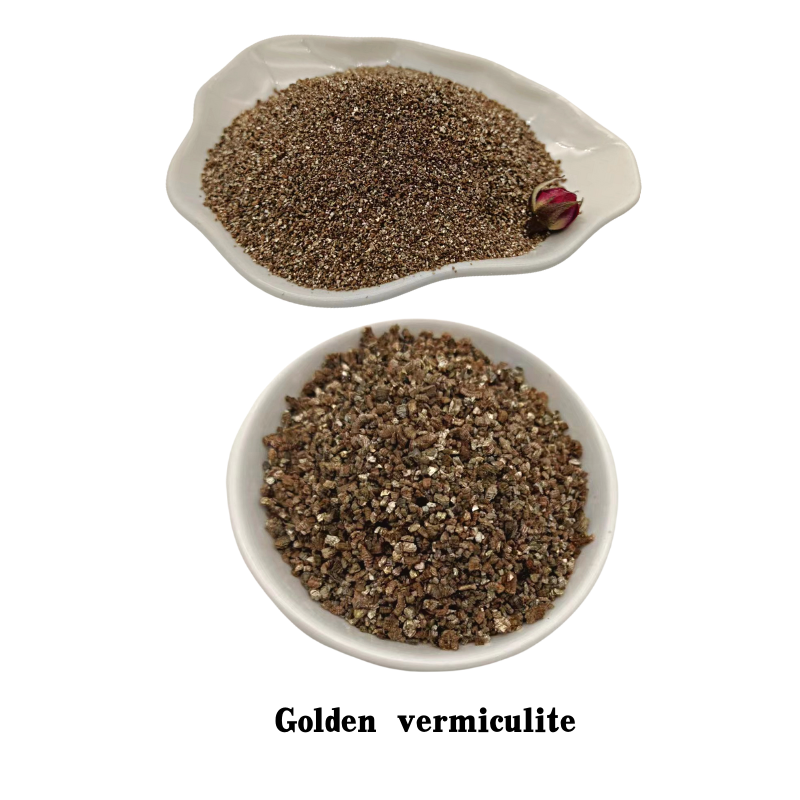
Properties and Uses of Pumice and Lava in Natural and Industrial Applications
Understanding Pumice and Its Relation to Lava
Pumice, a volcanic rock, is a fascinating material that forms in a unique manner from lava during explosive volcanic eruptions. Characterized by its light weight and porous texture, pumice is not only important in geological studies but also in various industrial and artistic applications. This article seeks to delve into the formation of pumice, its properties, and its diverse uses in modern society.
Understanding Pumice and Its Relation to Lava
One of the most distinguishing features of pumice is its low density, which allows it to float on water. This property is due to the numerous gas bubbles trapped within the rock, giving it a light, sponge-like structure. The porosity of pumice also enhances its ability to absorb water, making it valuable in agriculture and horticulture. When used in planting mixes, pumice promotes aeration, drainage, and root health for various plants. It serves as an important amendment in soil to improve its overall health and productivity.
pumice lava

Beyond its agricultural benefits, pumice has several industrial uses. One of the most common applications is in the production of lightweight concrete. Through the incorporation of pumice aggregates, concrete can achieve significant reductions in weight while maintaining structural integrity. This is particularly advantageous in construction, where lighter materials can lead to reduced transportation costs and energy efficiency during building processes. Additionally, pumice is utilized as an abrasive material in cleaning products, exfoliating sponges, and even as a mild abrasive in some industrial applications.
The beauty and textural qualities of pumice have also made it a popular choice in the art world. Artists and sculptors often appreciate its lightweight nature, enabling the creation of intricate designs without the burden of heavy materials. Its unique appearance, often with a mottled, greyish color and interesting surface patterns, adds aesthetic value to sculptures and decorative items. Furthermore, pumice stones are widely used for personal care, particularly in foot scrubs and exfoliating products, acknowledging its natural abrasive properties.
From a geological perspective, pumice also provides valuable insights into the history of volcanic eruptions and the behavior of magma. The study of pumice deposits can help scientists understand the dynamics of past eruptions, assess potential hazards, and inform future volcanic risk assessments. By analyzing pumice, researchers can investigate the conditions under which it formed, including temperature, gas content, and the explosiveness of the eruptions that produced it.
In conclusion, pumice, as a product of volcanic activity, stands out due to its unique formation process and properties. Its lightweight and porous nature makes it an invaluable resource across various sectors, from agriculture and construction to art and personal care. Understanding pumice not only enriches our knowledge of geological processes but also underscores the interconnectedness of natural materials and human innovation. As we continue to explore sustainable practices and natural resources, pumice will likely remain a prominent example of how nature can provide solutions to modern challenges. The versatile applications of pumice highlight its importance and ensure that it will continue to hold significance in both scientific research and everyday life.
Share
-
Fly Ash Solutions Enhanced by GPT-4 Turbo | Sustainable InnovationNewsAug.01,2025
-
Natural Premium Bentonite Cat Litter - Superior ClumpingNewsJul.31,2025
-
Premium Resin Coated Sand - High Heat Resistance CastingNewsJul.31,2025
-
High Quality Silicon Carbide Grit for Abrasive ApplicationsNewsJul.30,2025
-
High-Quality Ceramsite for Plants & Gardening | Lightweight PebblesNewsJul.29,2025
-
Premium Burgundy Glass Marbles for Vases & Shooter GamesNewsJul.29,2025






